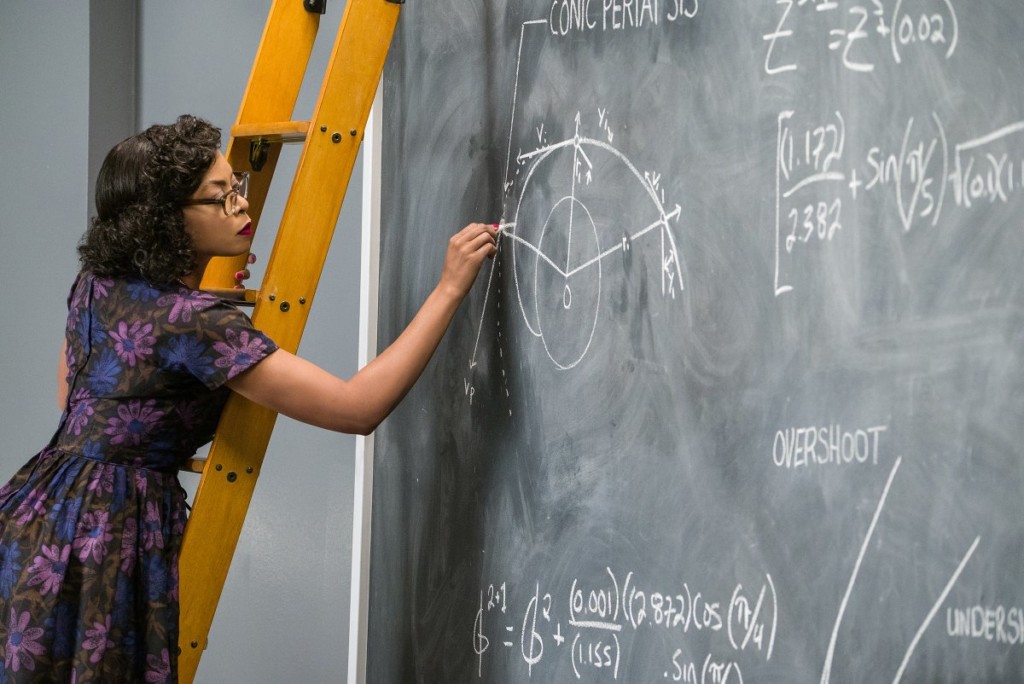The biggest problems with modern day cinema
Mainstream cinema seems to be entering a strange phase of its creativity. Our multiplexes are now packed with the showing of sequels and remakes and it seems filmmakers are rapidly running out of ideas. The 2016 award-winning films were somewhat diverse in nature, and some were extremely thought-provoking and had a very powerful message. Yet some other great films did not get anywhere near the attention they deserved, even though they were showing a part of history that is extremely relevant today. One of many such examples was the film Hidden Figures, a true story set in the early 1960’s about three brilliant African-American women mathematicians who had a major role in the very earliest days of NASA.
Their role was pivotal in the success of the space race at the time with the USA and Russia in the middle of the Cold War, and if the outcome was resolved in any other way than it did, the consequences could have potentially meant the end of NASA. This was a personal favourite film from last year, and it had all the elements to make it scoop more awards and success. The film had a great message, great performances that were both fun and also had a serious edge, a fantastic true story that was shocking on many levels, and a genuine wow factor I was previously unaware of. Yet the film was largely passed over at the awards for some reason.
The sheer amount of fascinating true-life stories has meant more being represented in cinema in recent years. 2016 brought the following true stories: Lion, The Founder, Sully, Hacksaw Ridge, Deepwater Horizon, Race, and Denial, and there are more. In recent previous years, the film Bridge of Spies was based on the 1960 U-2 incident during the Cold War. How strange the old conflicts and Cold War differences between Russia and the USA are sadly being played out for real today. Truth is stranger than fiction.
Steve Jobs, Alan Turing, Steven Hawking and much more have been represented on the big screen. The screenplay, cinematography, art department, sound design and direction all play a valuable part in any films success, of course, yet fundamentally the true raw story is ultimately the key to any film success. If it’s a dull story it will most likely make a dull film, or not even get produced. Perhaps the way films are produced and the financial model now used means producers play safe and almost ensure a commercial success. Hence the sequels and similar genre of films being made, with a few notable films that stand out from the masses. There were two Steve Jobs films made, and they were very different in nature, so it is how the story is interpreted and produced.
It is not simply the story that has perhaps become a bit tired, it’s the way films are actually made now that is both interesting and potentially frightening for conventionally produced films. Part of this is due to technology, and partly to do with the difficulty in taking a risk due to the huge film budgets we now see.
Modern day cinema is beset with its own peculiar changes due to the advances and improvement in digital technology. Who could have realistically predicted 4K capable cameras being priced at the level they are at today? In the case of drones, for example, the entry point for quality aerial shots are now within most small film budgets. I will take a closer look at the professional uses of drones later, and their perceived production value has come with both an exciting development as well as a warning with unlicensed and unskilled operators. I hasten to add here that any commercial drone operators need to be trained and tested rigorously and have approval from the CAA before they can fly commercially.
The cost of production may come down with digital cameras and post production, and this can make film production more accessible to more filmmakers on a smaller budget. This has to be a good thing for creative newcomers who have learned their craft and who have good stories they are passionate about making. They understand pacing, tension, story, conflict and camera work and editing that blends seamlessly with the story. Yet the film then needs to be distributed and shown to as many paying people as possible to make its investment costs back and make a profit, and that is often where this business model breaks down. The film needs to be shown and that ultimately means being shown in multiplex cinemas.
The well-established multiplexes now bring in many eager customers wanting the latest blockbuster, and the layout has meant the end to a long queue in the rain, but they’re not always conducive to the very best in quality and thought-provoking cinema. It seems they are designed for the younger audiences happy with the nutritional value of a hot dog, a burger and a bucket of popcorn, all swilled down with pints of fizzy sugar and finished off with chocolates with incredibly noisy wrappers. All of this set in a room that’s either so cold Nanook of the North would actually find it chilly, or alternatively hotter than the surface of the Sun. Yet is that what cinema-goers actually want?
The multiplex cinema reflects modern day television. There are now hundreds of channels, yet there is often surprisingly little to watch. The original idea of a single building having between 10 and 30 screens devoted to showing the film was great in theory. It’s a bit like a supermarket. The simple meant it is able to host a broad selection of diverse film programming for many different audiences. But that isn’t the case. Instead, cinema chains use this facility to make their money back for Hollywood in the shortest time period, usually in a couple of weeks. It’s easy to find five screenings of the same film at staggered times throughout the day to get as many people in as quickly as possible. It’s almost like a view on demand, where the audience doesn’t need to check the times, they can turn up and know they can watch their chosen film within 20 minutes of arrival.
The multiplex is a production line. It’s designed to get you in, sell you stuff you would never normally consume, get you to watch the film, and then get you out. There is a very little feeling of love for the movies we as a profession strive so hard to look and sound fantastic. In many ways, the multiplex has now become the worst place on Earth to watch a new movie. Instead, there is a move towards 4K capable TV’s at home, movies on tap via the Internet, and never needing to go out into the cold and wet. Much like IMAX is framed differently at the time of shooting due to the nature of projection, and IMAX films are edited much slower than a conventional film, this may affect how we shoot films on the set, if it hasn’t already. Clearly, a TV production drama is often framed in a different way to a movie destined for projection in a cinema. The film set for 4K home consumption will then need to be produced and shot in an entirely different way, and that affects the operating, cinematography, sound design, costumes and editing, along with all the many departments involved in a film. This could start changing things in a huge way. I am very interested in your thoughts on that one…
©2017 John Keedwell


Leave A Comment